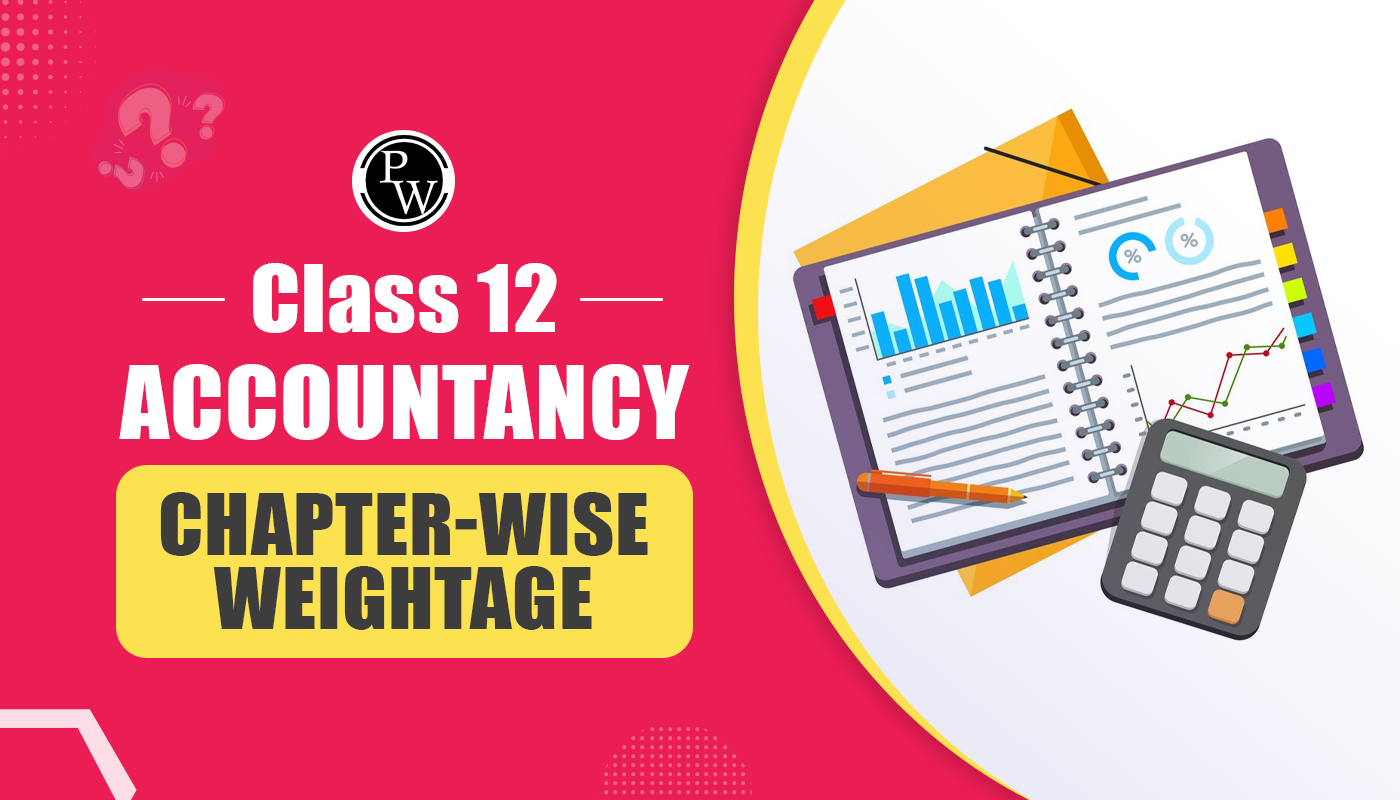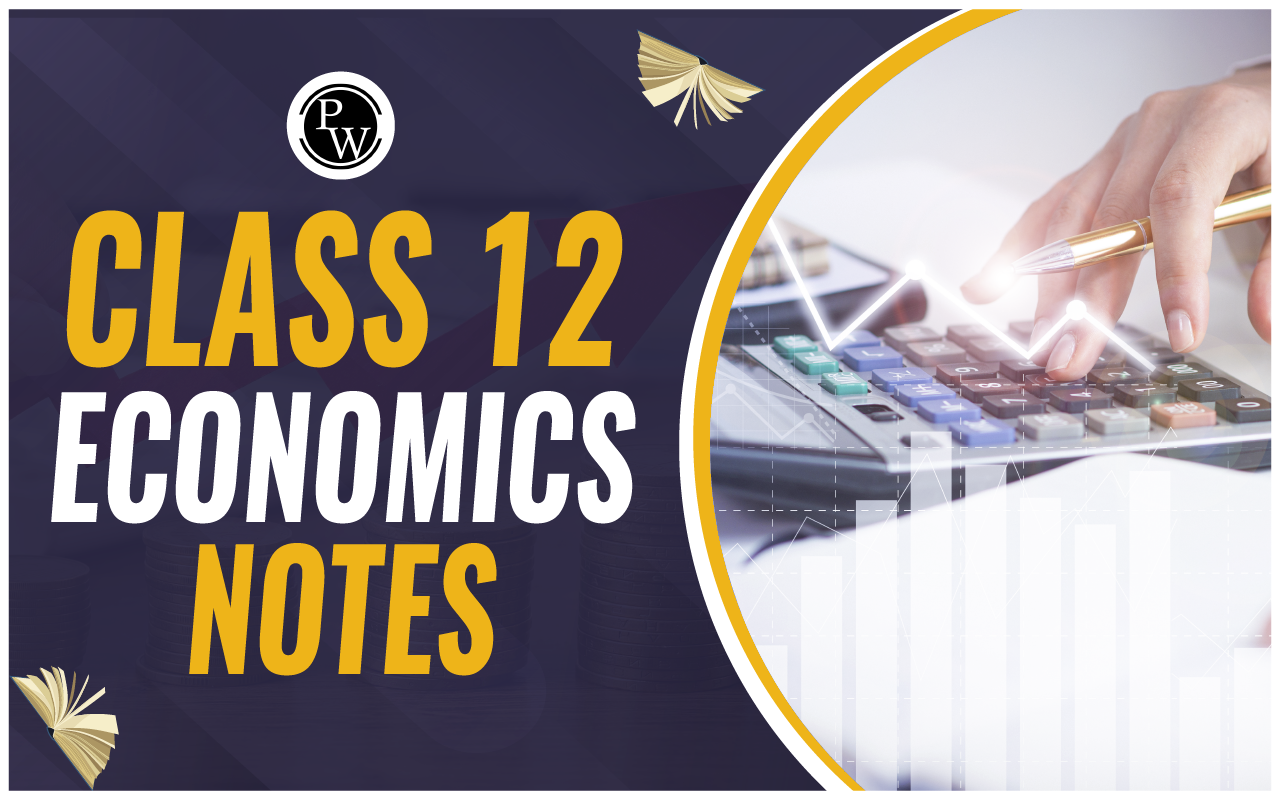
Working capital, also known as net working capital (NWC), is the difference between a company's current assets—such as cash, accounts receivable/unpaid invoices from customers, and inventories of raw materials and finished goods—and current liabilities. It is a standard metric for assessing an organization's short-term health.
Definition of Working Capital
Working capital refers to the financial indicator used to analyze a company's short-term operational efficiency and capacity to satisfy its present financial commitments. It indicates the gap between a company's current assets and its current liabilities. In more basic terms, working capital evaluates how effectively a firm can fund its daily costs and continue its continuous operations.Types of Working Capital
Working capital can be classified into two primary types based on the time horizon and nature of current assets and liabilities. These classifications help in better understanding a company's short-term financial requirements. The two types of working capital are:Gross Working Capital
Gross working capital refers to the entire current assets that a firm holds at a particular period in time. Gross working capital gives a complete view of a company's short-term liquidity and financial soundness.Net Working Capital
Net working capital is the discrepancy between a company's current assets and current liabilities A positive net working capital shows that a firm has adequate current assets to pay its current obligations, whereas a negative net working capital means that current liabilities outweigh current assets, possibly leading to financial troubles. Apart from the categorization into gross and net working capital, there are additional significant categories of working capital that give deeper insights into a company's financial status. These additional categories are:- Negative Working Capital
- Permanent Working Capital
- Temporary Working Capital
- Special Working
- Trade Working Capital
- Operating Working Capital
- Seasonal Working Capital
- Regular Working Capital
Why is Working Capital Important?
Working capital holds significant importance in financial management and is a critical indicator of a company's short-term financial health. It serves as a measure of the company's ability to meet its immediate financial obligations and sustain its day-to-day operations. The following points highlight the importance of working capital:Liquidity Assurance: Adequate working capital ensures prompt payment of debts and expenses, maintaining financial stability and creditor confidence.
Smooth Operations: Sufficient working capital facilitates smooth day-to-day operations, including payroll and inventory management.
Business Flexibility: Positive working capital allows quick responses to opportunities and challenges, supporting strategic decisions.
Risk Mitigation: Working capital acts as a safety net during economic downturns, minimizing the need for emergency borrowing.
Creditor Confidence: Strong working capital enhances the company's credibility, leading to better credit terms and reduced borrowing costs.
Growth and Expansion: Effective working capital management frees up resources for investment in growth and expansion.
Inventory and Receivables Management: Proper working capital management optimizes inventory levels and improves cash flow.
Financial Performance Assessment: Working capital is a key metric for evaluating a company's financial performance and short-term solvency.
Operational Efficiency: Efficient working capital management enables better supplier terms and discounts, enhancing profitability.
Sustainable Growth: Positive working capital lays the foundation for sustainable growth and reduces the risk of financial distress.
Elements Included in Working Capital
Analyzing the elements of working capital provides valuable insights into a company's liquidity, operational efficiency, and risk management. Let's delve into the key components of working capital and explore their sub-elements in more detail:Current Assets: These are the resources that a company owns, which are expected to be converted into cash or consumed within one year. These assets play a crucial role in determining the company's ability to meet its short-term obligations. Things that are further included in Current Assets are:
- Cash and Cash Equivalents
- Accounts Receivable
- Inventory
- Prepaid Expenses
- Other Short-term Investments
Current Liabilities: These are the company's obligations that are due to be settled within one year. Managing current liabilities is essential to ensure the company can comfortably meet its short-term financial commitments. Things that are further included in Current liabilities are:
- Accounts Payable
- Short-term Debt
- Accrued Liabilities
- Unearned Revenue
- Current Portion of Long-term Debt
Positives and Negatives of Working Capital
Working capital plays a pivotal role in evaluating a company's short-term financial health and operational efficiency. Below is a comparison of the advantages and disadvantages of working capital presented in a tabular form:| Positives of Working Capital | Negatives of Working Capital |
| 1. Liquidity Assurance: Covers short-term obligations smoothly. | 1. Cash Flow Strain: This may lead to operational difficulties. |
| 2. Business Flexibility: Enables quick responses to opportunities. | 2. Increased Debt Risk: Heavy reliance on short-term debts. |
| 3. Creditor Confidence: Improves credibility with suppliers. | 3. Reduced Investment: Limits potential for expansion. |
| 4. Operational Efficiency: Streamlines inventory and receivables. | 4. Difficulty in Expansion: Hampers entry into new markets. |
| 5. Risk Mitigation: Acts as a buffer during economic downturns. | 5. Opportunity Cost: Excess funds tied up in low-yield assets. |
Limitations of Working Capital
While working capital is an essential financial metric, it does have certain limitations that must be considered in financial analysis. These limitations include:No Consideration of Long-Term Financing: Working capital solely focuses on short-term assets and liabilities, neglecting the long-term financing structure of a company. It may not provide a comprehensive picture of the company's overall financial health.
Industry and Seasonal Variations: Working capital requirements vary across industries and may fluctuate with seasonal demands. A one-size-fits-all approach may not be suitable for businesses with unique operating cycles.
Inflation and Currency Fluctuations: Working capital does not account for the impact of inflation or currency fluctuations on the value of assets and liabilities, potentially leading to misleading assessments.
Excludes Non-Operating Items: Working capital excludes non-operating items like long-term investments, which may affect a company's overall financial performance.
Limited Analysis of Efficiency: While working capital reflects liquidity, it does not directly measure operational efficiency, inventory turnover, or accounts receivable collection periods.
Quality of Assets and Liabilities: Working capital does not distinguish between high-quality and low-quality assets and liabilities, potentially overlooking risks associated with low-quality debtors or obsolete inventory.
Ignores Future Cash Flow: Working capital analysis does not consider future cash flows, which are crucial for long-term financial planning and investment decisions.
Neglects Timing of Cash Flow: Working capital may not account for the timing of cash inflows and outflows, leading to imprecise cash flow predictions.
Size and Growth of the Company: Working capital requirements may vary based on the size and growth rate of the company, making comparisons between businesses challenging.
Does Not Reflect Profitability: Although working capital is critical for short-term liquidity, it does not directly indicate a company's profitability or long-term viability.
What Is Working Capital In Accounting? FAQs
What is the working capital ratio?
How is working capital calculated?
How does working capital differ from cash flow?
How does working capital impact a company's financial health?
Can high working capital be detrimental to a company?










